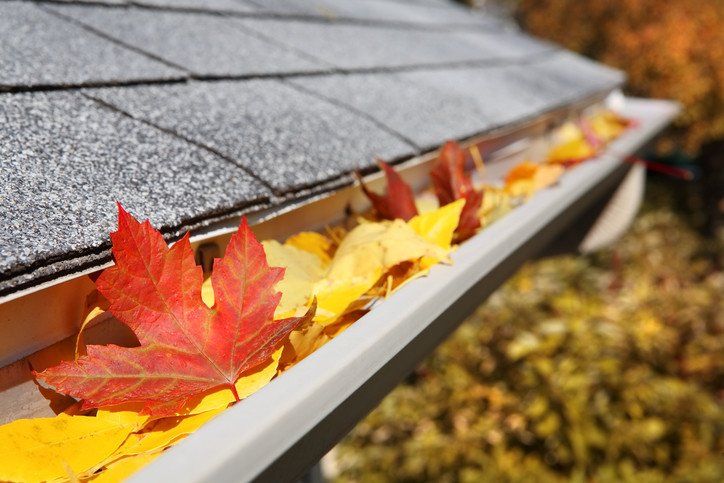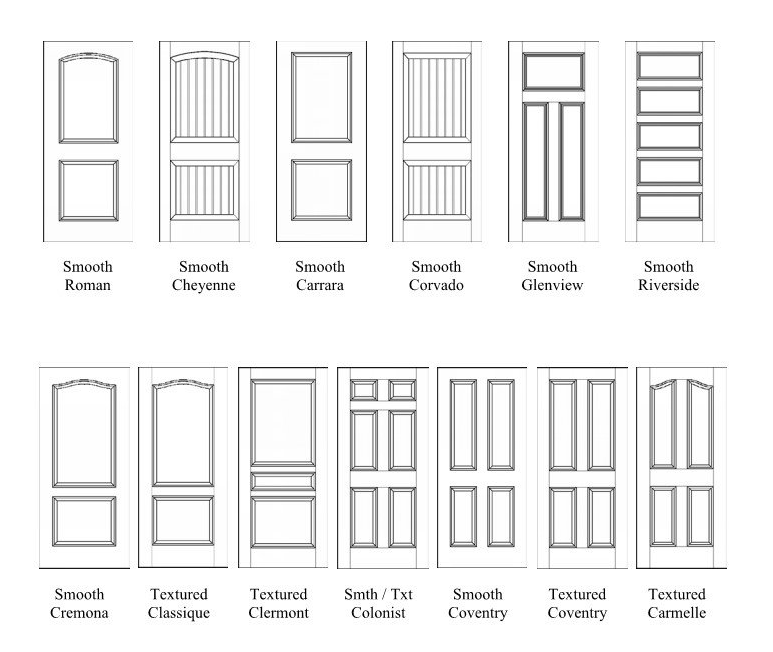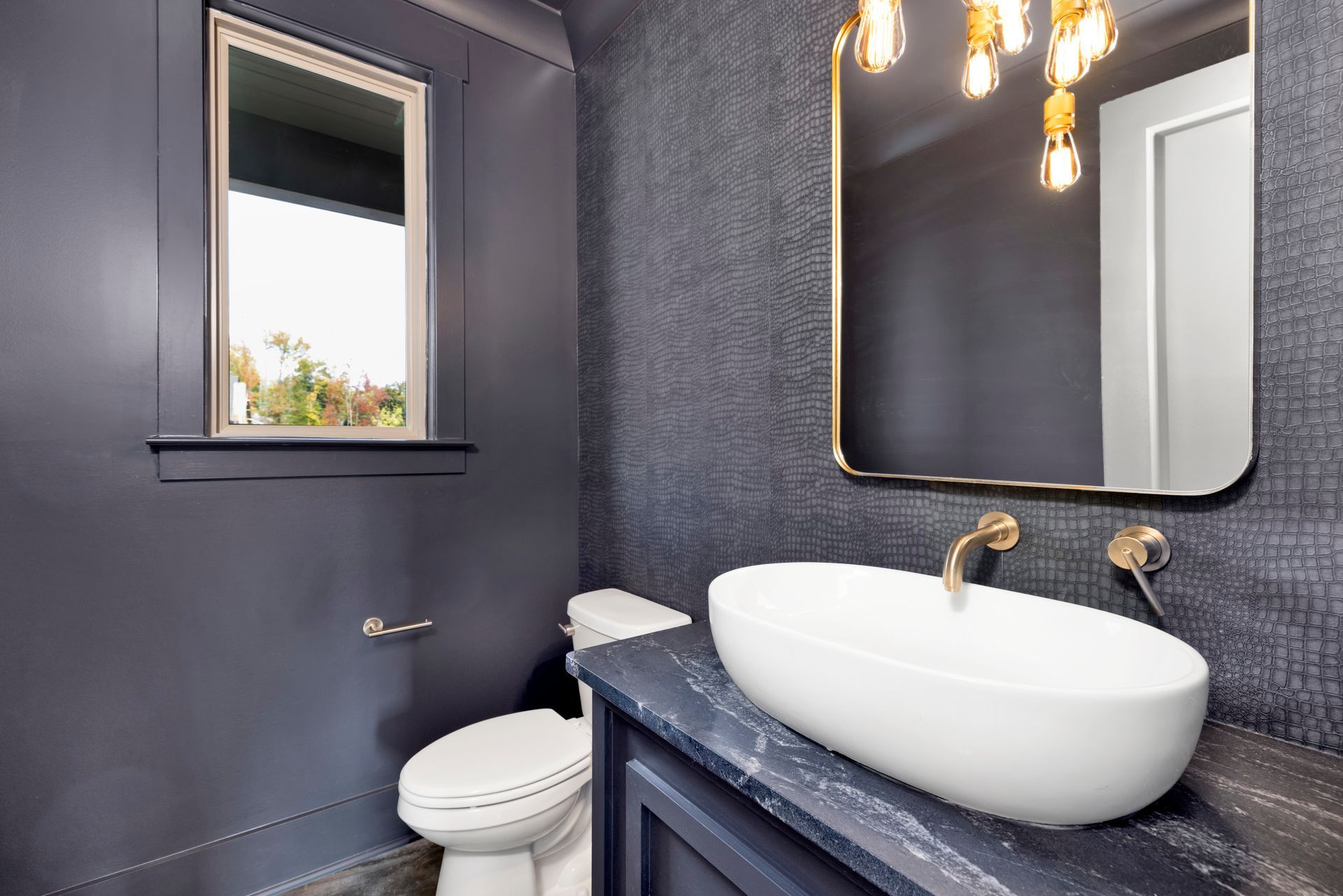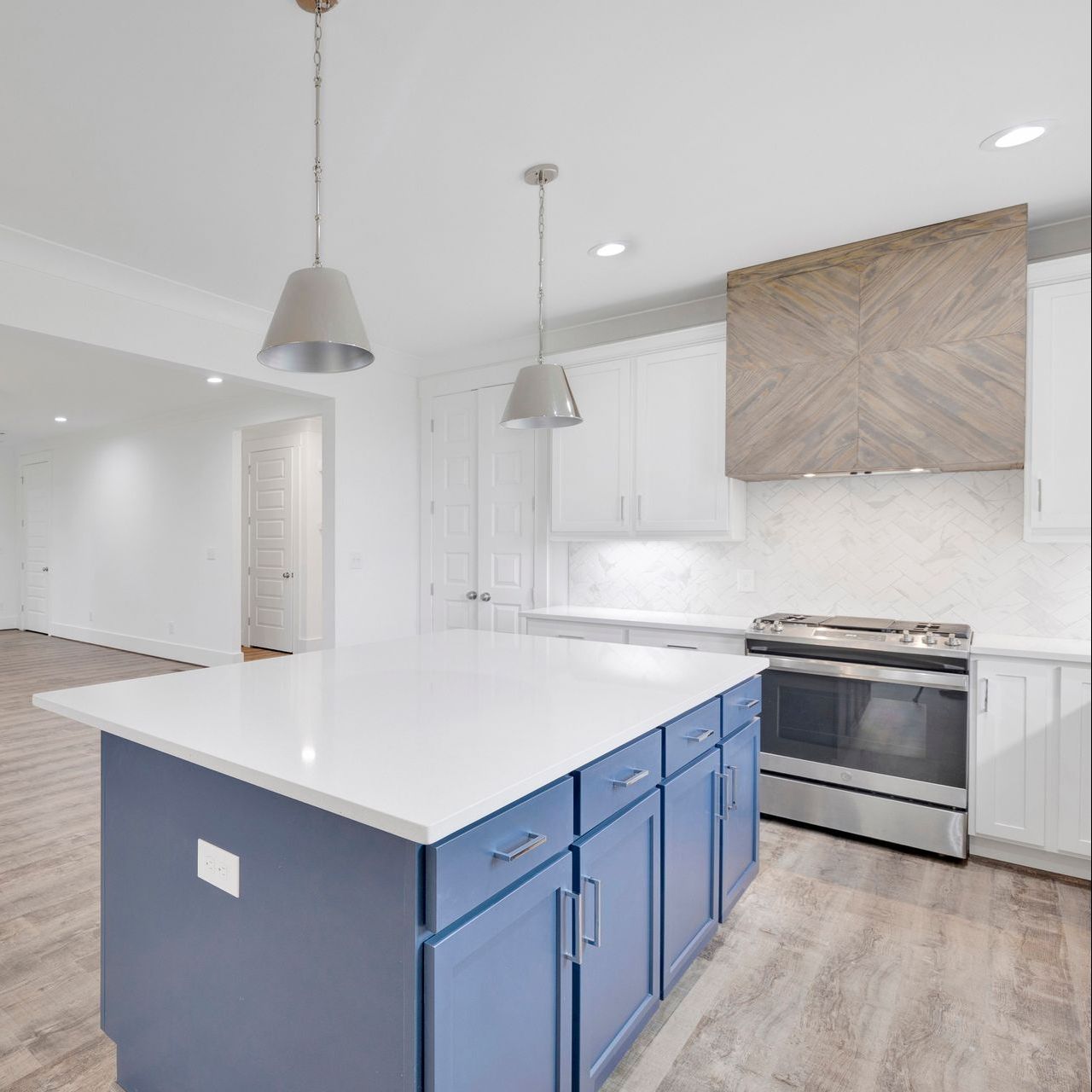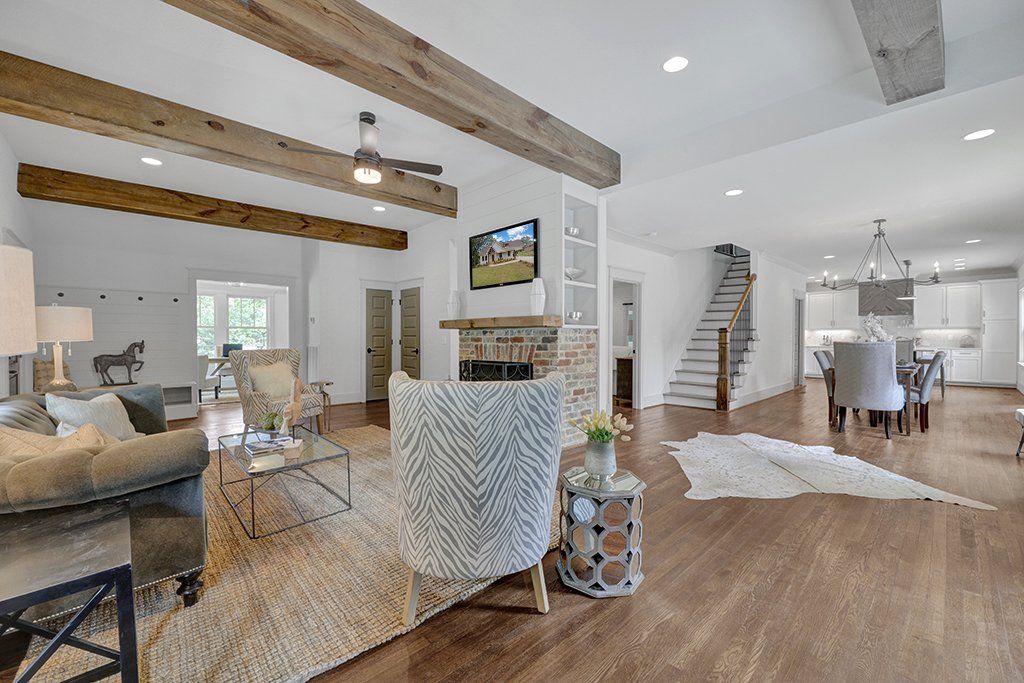How to Budget for Your Custom Dream Home
Building in the Greater Birmingham Area
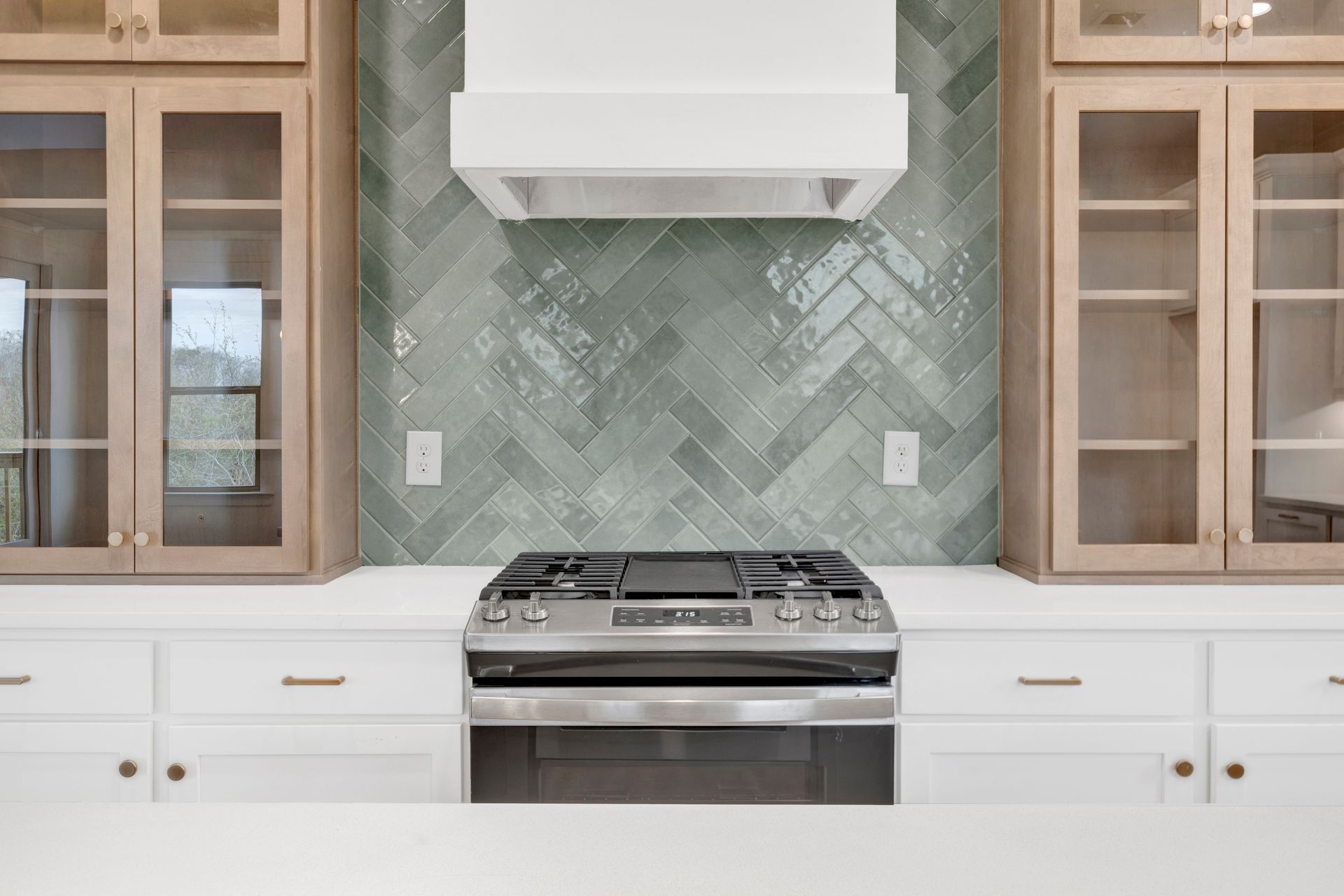
Building your custom dream home is an exciting prospect, but it requires a well-thought-out budget to ensure everything goes smoothly. In the Greater Birmingham Alabama area, several factors come into play that you might not face in other regions, particularly due to the terrain. Let’s break down how to properly budget for your custom home and navigate the complexities of the local market.
The Budgeting Process
The first step in budgeting for a custom home is to have a clear understanding of your financial capacity. Meet with a lender to determine how much you can borrow and establish a comfortable price range for your build. Next, consult with a full service builder to outline your vision and discuss initial cost estimates. This will give you a preliminary budget, which can be fine-tuned as you move through the design phase.
It’s essential to build a contingency into your budget—typically 10-20% of the project’s total cost. Unexpected expenses like changes in material costs or on-site challenges can arise, especially in areas like Birmingham where rock and elevation shifts can make construction more unpredictable.
Factors That Influence Cost
One of the most common misconceptions in home building is relying too heavily on price per square foot as an indicator of cost. While it’s a quick benchmark, it rarely tells the full story. And much of the information regarding square foot pricing no longer applies due to the fluctuating post-COVID market.
The local terrain in Birmingham, Alabama plays a significant role in driving costs. Much of the greater Birmingham area sits on rocky soil, and excavation can be costly and time-consuming. The amount of rock beneath the surface means that costs for grading and foundation work may be higher than anticipated. And while "going up" is typically cheaper than "going out" (meaning that building a multi-level home is cheaper than getting everything on a single level,) building a basement foundation is more costly than a slab on grade. Unfortunately, the available lots in our area typically do not allow for a slab on grade home.
Other factors that influence cost include:
- Material choices: Custom homes give you the freedom to choose premium materials, which can add up.
- Design complexity: The more complex the architectural design, the higher the cost. Features like vaulted ceilings, custom finishes, and intricate layouts can increase the budget.
- Labor costs: Skilled labor can vary in cost depending on demand. A good builder has built relationships vendors and subcontractors and receives better pricing than an off-the-street customer due to volume bought.
- Permit and inspection fees: Each jurisdiction within the greater Birmingham area may have different building codes and fees.
Location and How It Affects Your Budget
The location of your lot plays a huge role in your budget. While the lot price itself is the most obvious factor, other considerations can greatly affect your overall budget.
In Birmingham, building in areas with steep elevation or significant rock can require extensive site preparation. For example, digging into rocky terrain for foundation work can require special equipment and increase labor costs. Additionally, homes built on sloped lots may need more complex foundation systems, such as retaining walls, to support the structure.
Proximity to utilities is another consideration. If your lot is in a more remote or developing area, extending power, water, or sewer lines can add substantial costs.
The Role of your Builder
Your custom home builder is your key partner in navigating the complexities of building a custom home. A good builder will guide you through each phase of construction, from securing permits to coordinating subcontractors and managing the budget. In Birmingham, where the terrain can complicate construction, an experienced builder will communicate challenges like difficult excavations or drainage concerns and plan accordingly.
An essential part of the budgeting process is obtaining a detailed bid from your builder, which should outline total expected costs, from labor and materials to site work and landscaping. Your GC will also help you stay on budget by recommending alternatives for materials or design choices that can save money without sacrificing quality.
Financing Options
Financing a custom home differs from a traditional mortgage. For most custom home builds, you’ll need to secure a construction loan, which is short-term financing that covers the cost of the build. Unlike a traditional mortgage, where the loan is based on the home’s purchase price, a construction loan is based on the projected cost of the home and the value of the land.
Here’s a general overview of how construction loans work:
- Draw Schedule: Funds are disbursed in phases as construction progresses. For example, the first draw may cover site preparation and foundation work, while the next draw would cover framing.
- Interest-only payments: During construction, you typically only pay interest on the money that’s been drawn from the loan.
- Conversion to a traditional mortgage: Once the home is completed, the construction loan is often converted into a traditional mortgage (referred to as a "construction-to-permanent" loan), with the full principal and interest payments starting.
Keep in mind, construction loans usually have higher interest rates than standard mortgages due to the increased risk involved. You’ll also need to provide detailed plans, budgets, and contracts to the lender before approval. Experienced builders have worked with mortgage lenders on previous projects and can provide you with all of the paperwork your lender requires.
Final Thoughts
Budgeting for a custom dream home in the Greater Birmingham area comes with unique challenges. Partnering with an experienced custom home builder and planning for additional costs like excavation and foundation work is key to staying on track.
By understanding the full scope of your project and securing the right financing, you can build the custom home of your dreams without unexpected financial surprises. With careful planning and expert guidance, you’ll be on your way to turning that dream home into a reality!
